
Having a creative eye and an appreciation for aesthetics aren’t enough to run a successful interior design firm. It calls for efficient use of time and energy and maximum output.
The success of interior designers hinges on their ability to juggle several tasks at once while still satisfying their clients and producing high-quality work on schedule. Several time-saving strategies exist, however, which can assist you in accomplishing these objectives and elevate your interior design firm to new heights.
In this article, we will discuss 6 time-saving strategies developed with the special needs of interior designers in mind.
These tips are meant to revolutionize your business operations and boost your productivity in every way possible, from organizing your workspace to adopting digital tools, establishing effective time management techniques, streamlining client communication, automating repetitive tasks, and investing in continuous learning.
Now is the time to dive in and learn the tactics that can transform your processes and catapult your company to new heights of success.
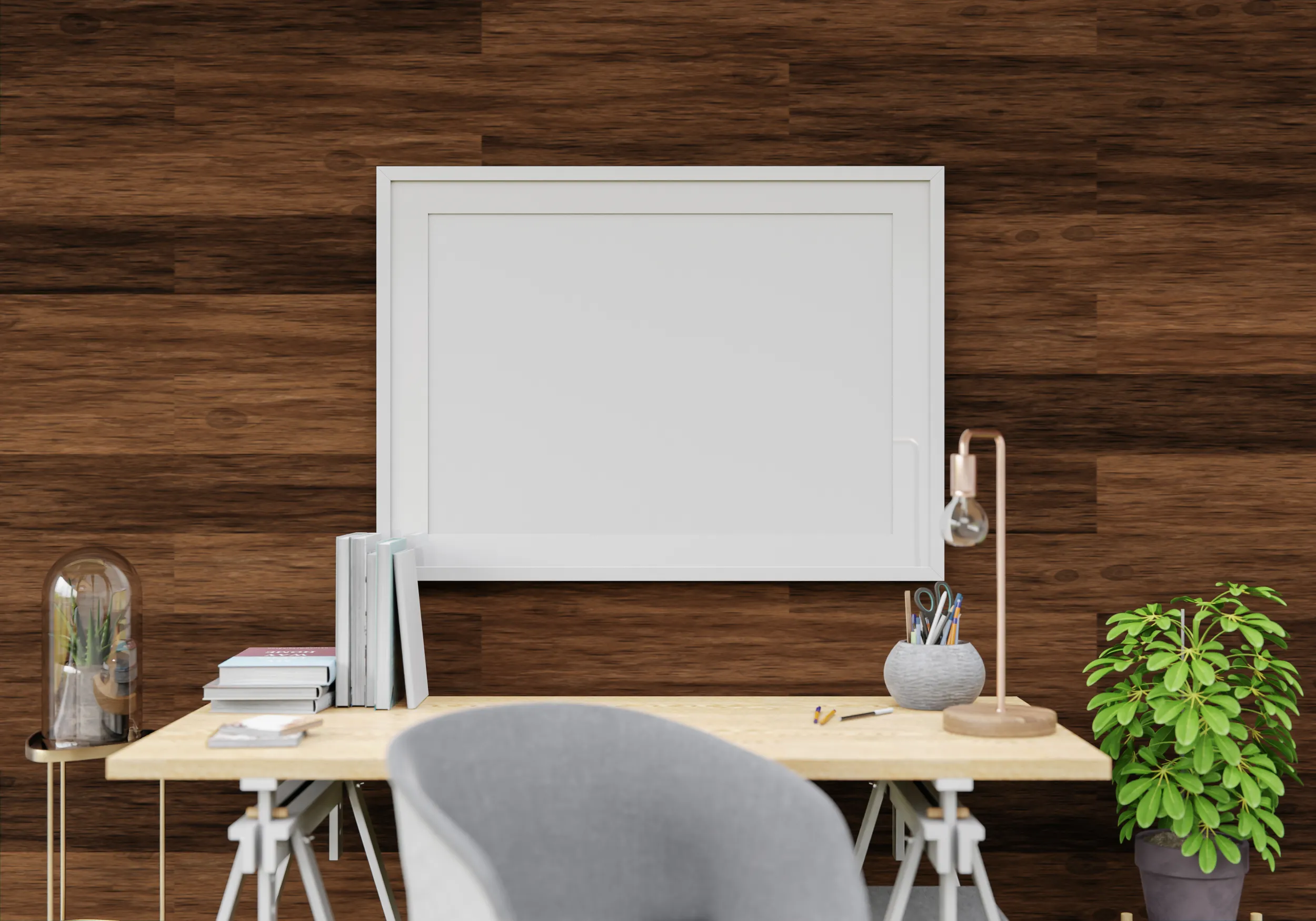
Interior designers have a significant impact on productivity and creativity by designing well-organized work environments. Essential guidelines for efficient office organization are provided here:
1. Declutter and Simplify: Reduce the number of items you have lying around and put only the necessities in easy reach. This makes it easier to concentrate by eliminating visual clutter.
2. Optimize Storage Solutions: Invest in practical storage solutions to maintain order among your many supplies and materials. Clearly identify any shelves, drawers, or boxes you use.
3. Desk Organization: Create zones for specific tasks and utilize desktop organizers to keep stationery in order. Every night, before you turn in, clean off your desk.
If you want to maximize productivity and creativity, you need to clear the clutter, put money into storage, and make your area your own.
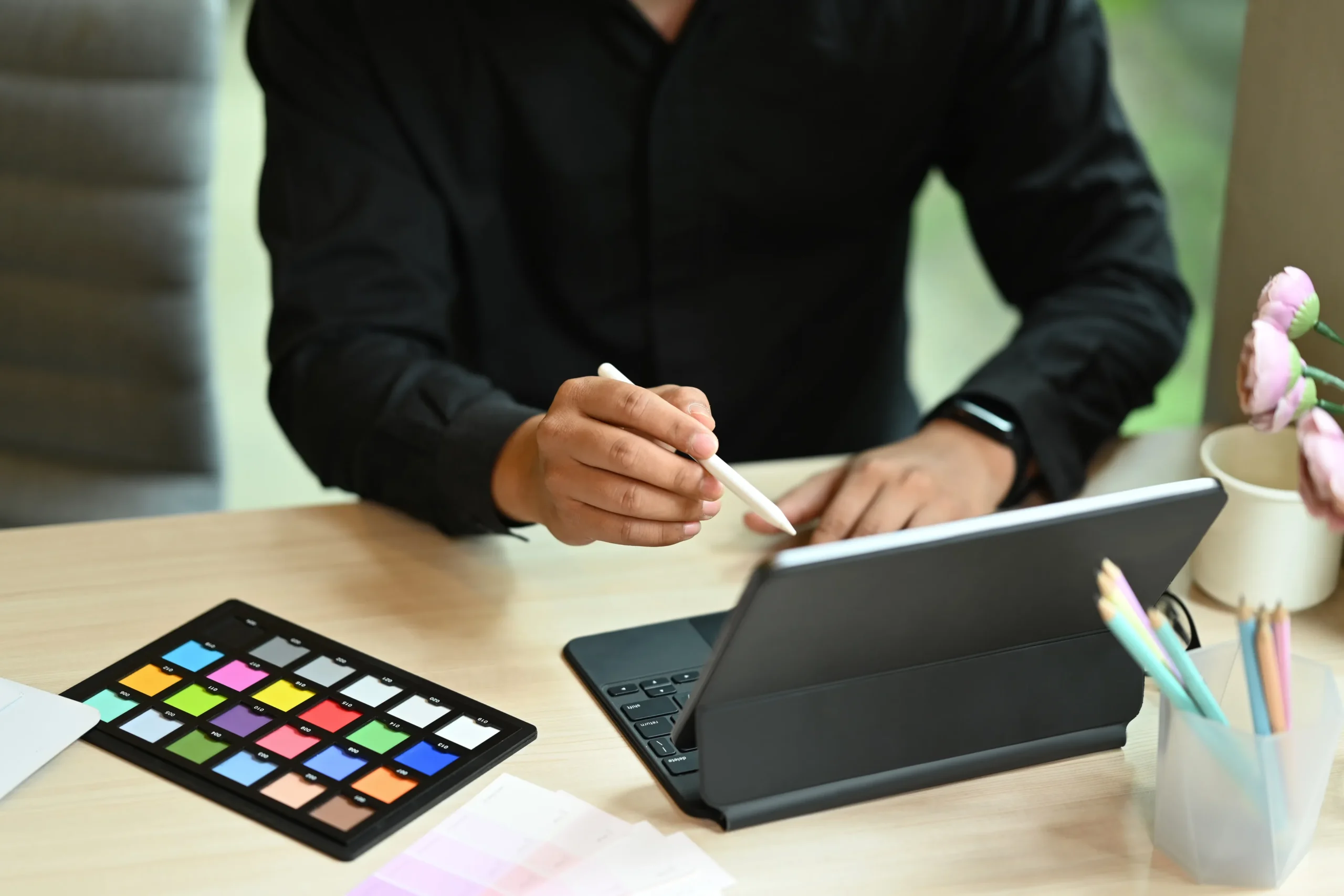
In today’s digital age, interior designers who use digital tools and software can greatly increase their productivity. These technological advances facilitate Revolutionizing Interior Design efficiency, improve teamwork, and reduce the complexity of formerly difficult activities. The following are some of the most critical domains in which digital tools can make influence.
1. Project Management Tools: Get organized and efficient using project management software. Make to-do lists, schedule tasks, monitor your progress, and allocate roles. Features like real-time document sharing and collaboration let teams, clients, and contractors communicate more efficiently.
2. Design Software and Visualization Tools: Obtain cutting-edge visualization and design software. These resources allow for more accurate floor plans, material choices, and virtual tours. They also help you communicate your ideas to clients in a way that makes an excellent impression and minimizes the need for modifications.
3. Cloud Storage and File Sharing: Make use of cloud storage services to have safe, anytime, anywhere access to your design files and documents. The convenience and safety of cloud storage makes it ideal for teamwork. The time it takes to physically move files from one person to another on a team or with clients is cut down significantly.
Interior designers may save time and improve productivity, cooperation, and communication by adopting digital tools and applications. These innovations boost efficiency and enrich the customer service you provide, giving you a leg up on the competition.
Use these tech tools to supercharge your interior design firm and streamline your operations.
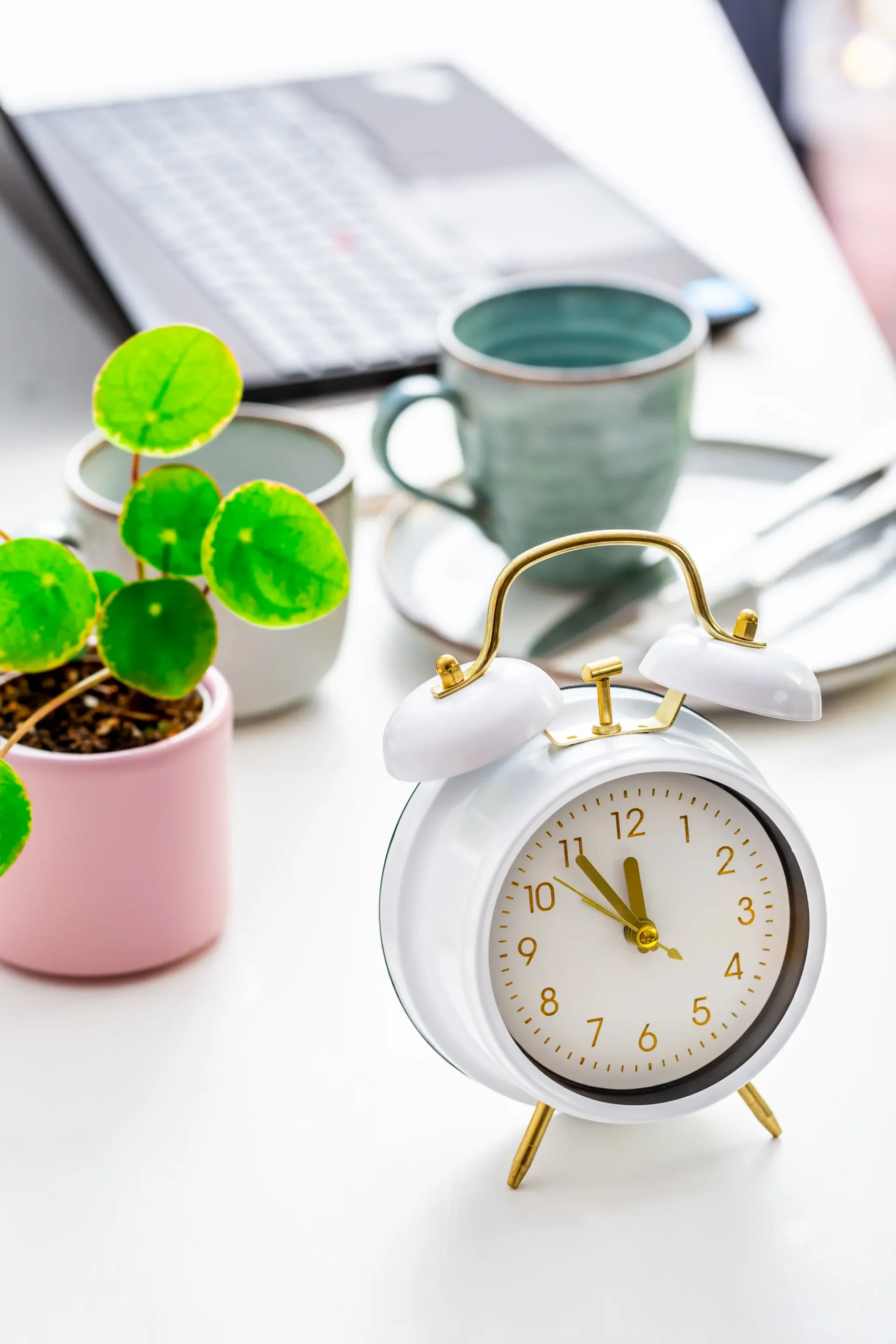
Interior designers must be adept at managing their time to meet their many commitments to their clients and their own projects. You may improve efficiency, get more done, and feel less pressured if you learn to manage your time well.
Here are some methods that can help in achieving effective time management.
1. The Pomodoro Technique: The Pomodoro Technique is a well-known time-management strategy that entails working in short, intense bursts interspersed with brief periods of rest. For the next 25 minutes, focus intently on the subject at hand. When the clock strikes 5, take a little break. Take a lengthier pause of 15-30 minutes after finishing four Pomodoro cycles. Focus and exhaustion can be avoided with the use of this method.
2. Time Blocking: Schedule individual periods of time for each job. Set up specific blocks of time for various activities, such as client meetings, design, administration, and breaks. Schedules help maintain order and focus on what must get done.
3. Prioritization: Sort your to-do list in order of priority and urgency. Prioritize tasks based on their importance or urgency. Keep track of your tasks and accomplishments with the help of a to-do list. This will help you stay organized and give you a feeling of fulfillment.
These time management strategies can help you get more done in less time while still enjoying a balanced personal and professional life. Managing your time well will help you get more done in less time, prevent procrastination, and succeed in the interior design industry.
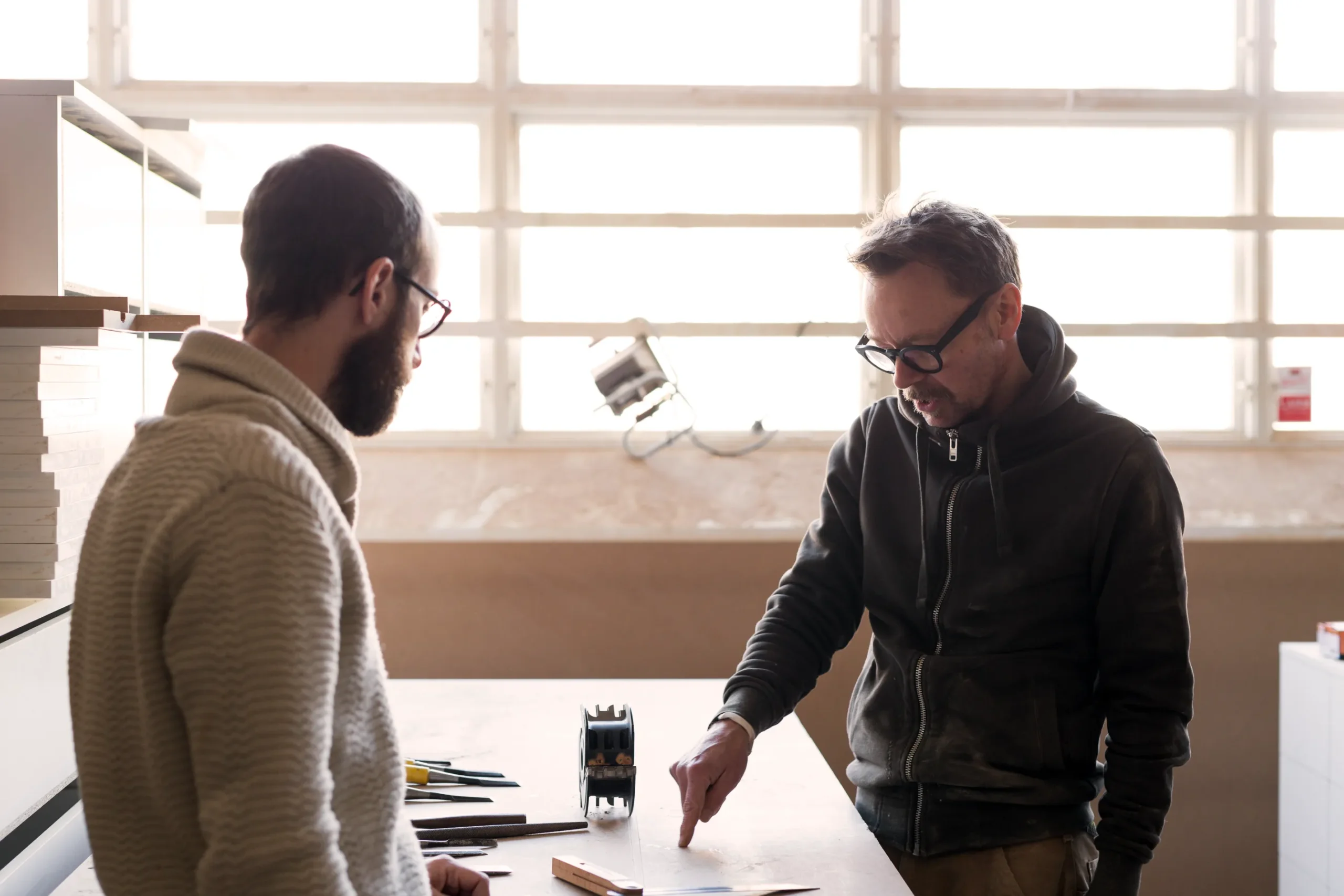
The success of your interior design business depends on your ability to effectively communicate with your clients. Streamlining your interactions with customers can help you save time and effort while also boosting customer satisfaction and fortifying your professional ties. Methods for streamlining interactions with customers are provided below.
1. Centralized Communication Platform: Create a unified method of contact for your clientele. This might be anything from an email service to a project management tool to a portal with which clients only interact. Having one person reach out for all questions or concerns streamlines interactions.
2. Regular Check-Ins: Clients should be updated on the project status often, and the client should be given the opportunity to voice any concerns or provide input. Clients have the option of attending in person or via video conferencing for these meetings.
3. Clear Communication Channels: Identify the most effective means of reaching your customers and stick to them. Determine the preferred method of contact to minimize misunderstandings and assure prompt responses; this might be email, phone calls, or instant messaging.
Streamlining client communication helps reduce confusion, boost response times, and solidify connections with customers. Trust, customer pleasure, and company expansion are all fostered by open and effective communication.
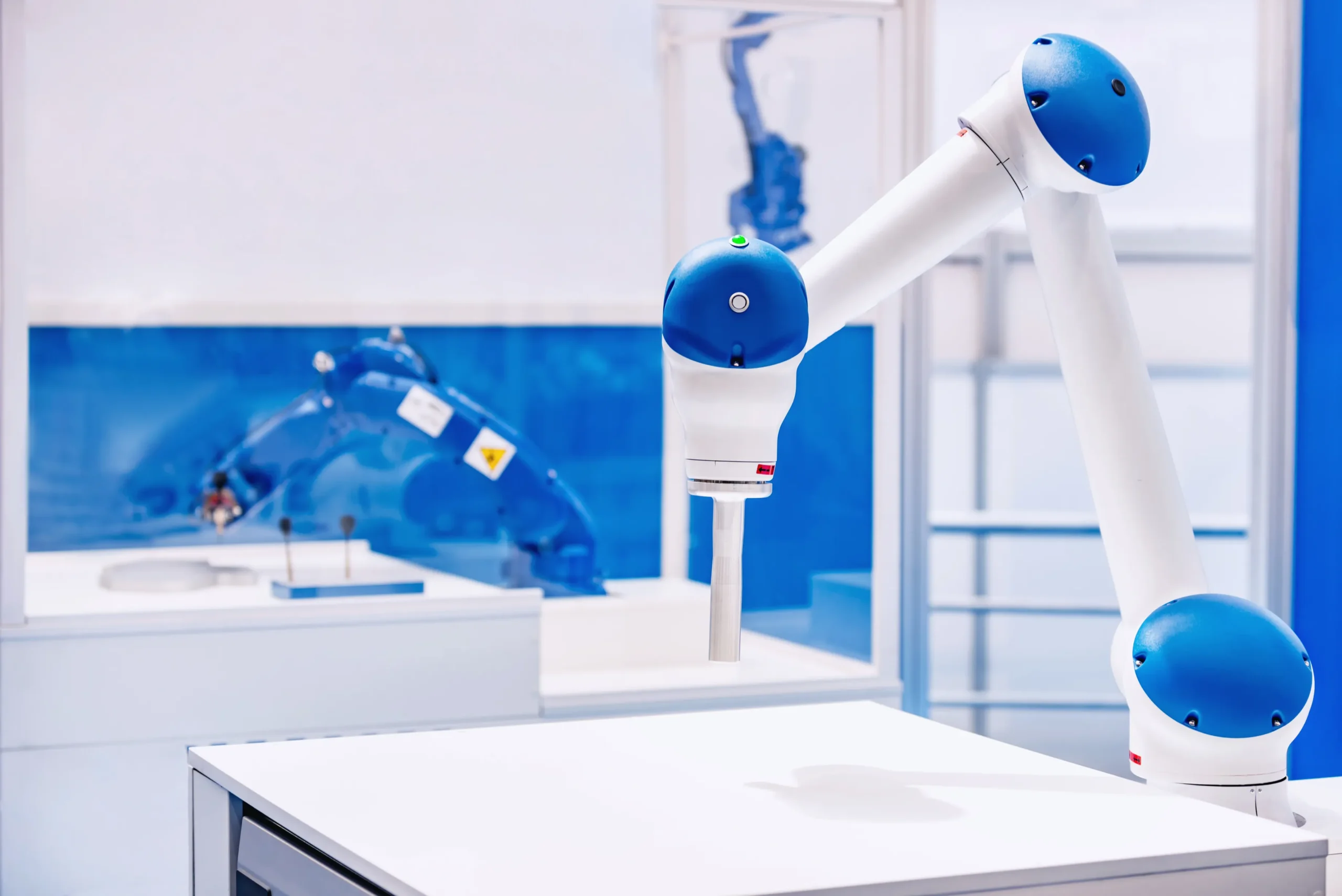
The ability to automate mundane operations is a significant change in the field of interior design. You may improve productivity, save time, and cut down on errors by using technology and automation solutions. Here’s how to programmatically handle mundane chores:
1. Email Templates: Make use of email templates to quickly respond to regular questions from clients, share project updates, or address frequently asked questions. Time is conserved and the reliability of transmission is increased.
2. Invoicing and Billing: Make use of accounting software to speed up your invoicing, payment tracking, and general bookkeeping. Your invoicing procedure will be automated and no longer require any human computations thanks to this.
3. Social Media Scheduling: Scheduling social media postings in advance eliminates the need for frequent manual posting and ensures a steady online presence.
You may devote more time and energy to interior design's imaginative and strategic parts by automating mundane processes. Using automation not only makes work easier but also speeds up processes and boosts accuracy.

Interior designers must commit to lifelong learning to stay current, learn new skills, and gain expertise.
Here is how to prioritize lifetime education:
1. Attend Workshops and Conferences: Workshops, conferences, and seminars are great opportunities to learn added information, meet other professionals, and get a glimpse of the future of your field.
2. Online Courses and Webinars: Webinars and online courses provide self-paced learning. Many interior design courses are available online.
3. Collaborate and Share Knowledge: Participate in design community conversations, forums, and collaborative projects. Constant learning and career advancement are fostered by exchanging perspectives.
Only lifelong education can keep up with interior design’s rapid development. Offering innovative solutions to clients and being at the top of one’s field involves ongoing learning, mastering new tools, and skill improvement.
Interior design is fast-paced, thus efficiency is crucial. These six productivity tactics might transform your interior design business. Workspace organization enhances creativity. Digital tools simplify and improve collaboration. Time management optimizes workflow and prioritizes activities.
Clear and efficient client communication requires streamlining. Automation reduces errors and saves time. Continuous learning keeps you current and improves your skills.
These productivity techniques can boost efficiency, performance, and client connections. Productivity is a journey, and refining your company procedures puts you closer to your goals.
FAQs
Continuous learning keeps interior designers updated on industry trends, new technologies, and design techniques, allowing them to provide innovative solutions and stay competitive.
Organizing your workspace reduces visual distractions and helps you locate materials easily, leading to increased focus and efficiency.